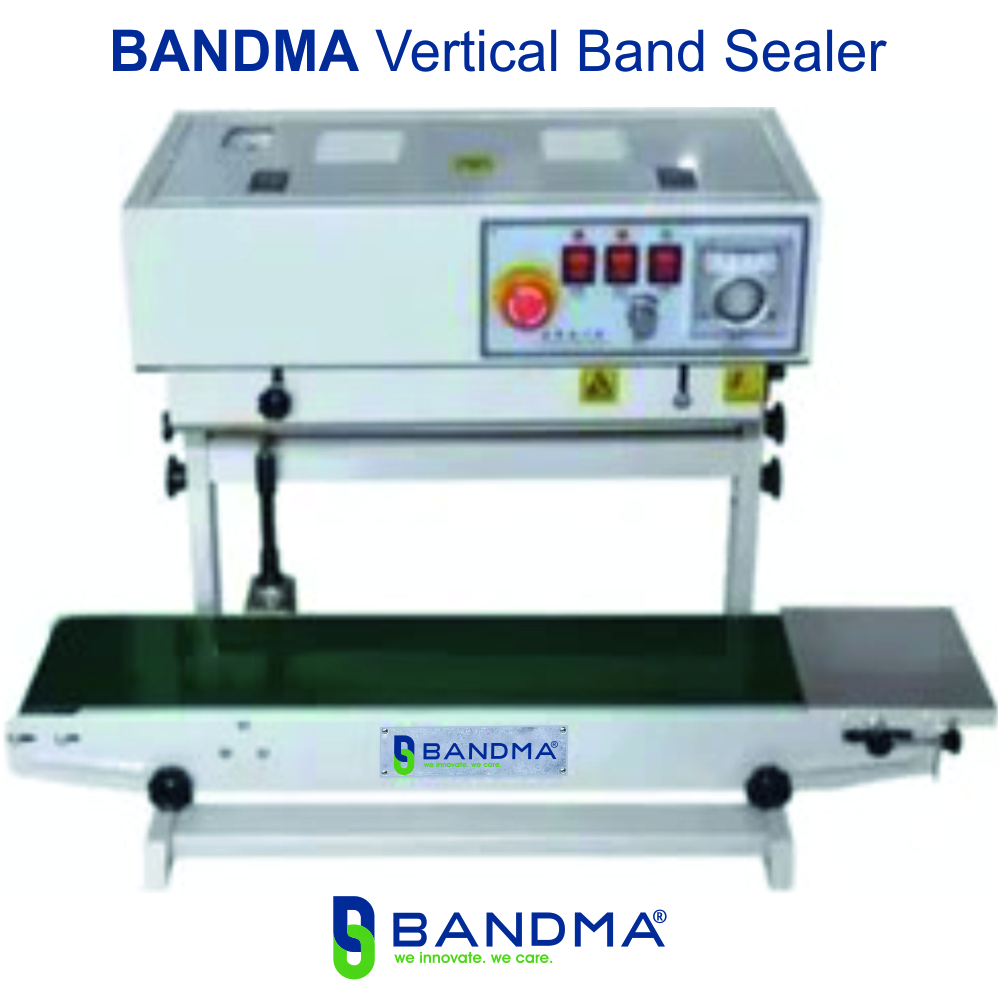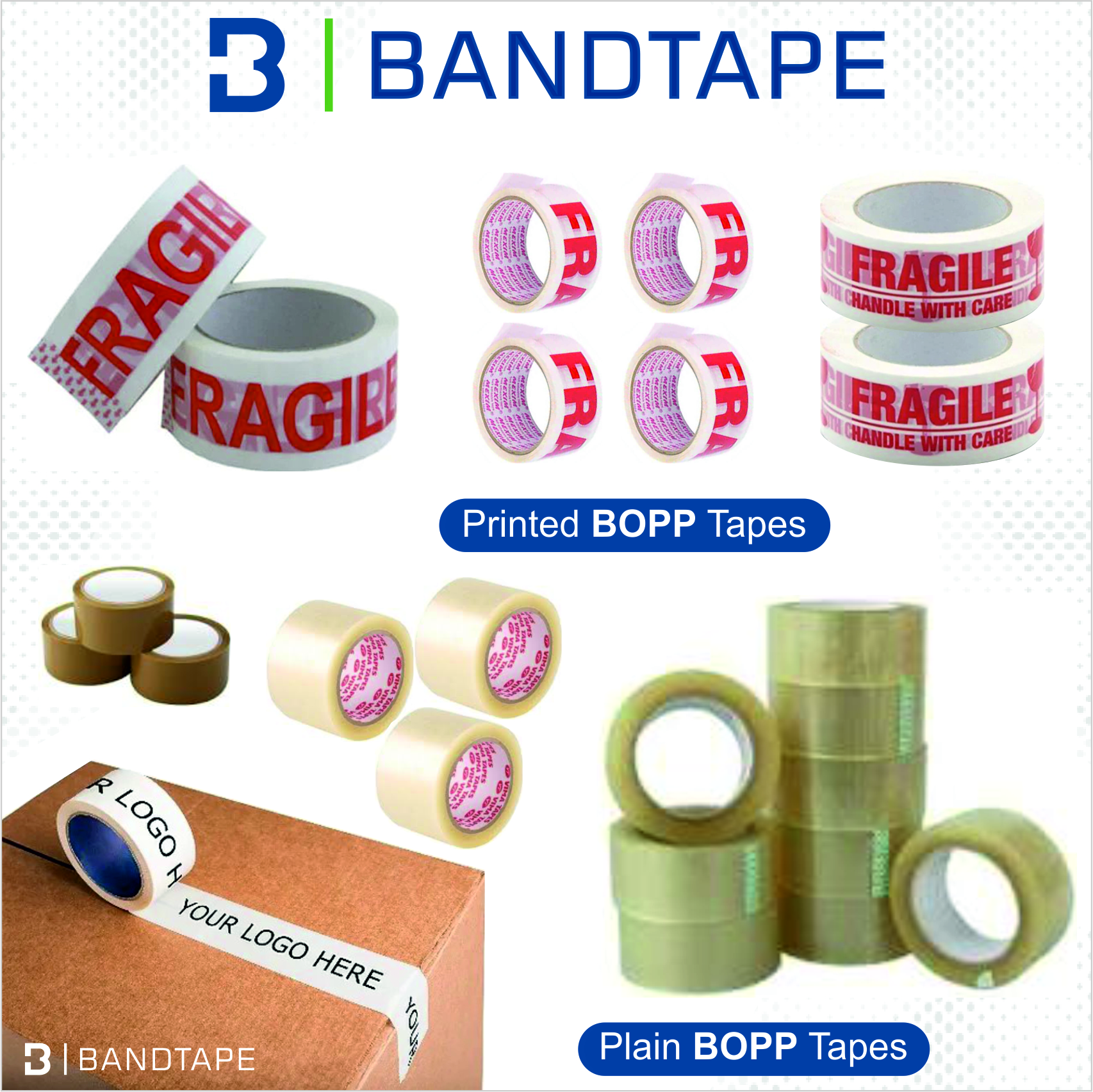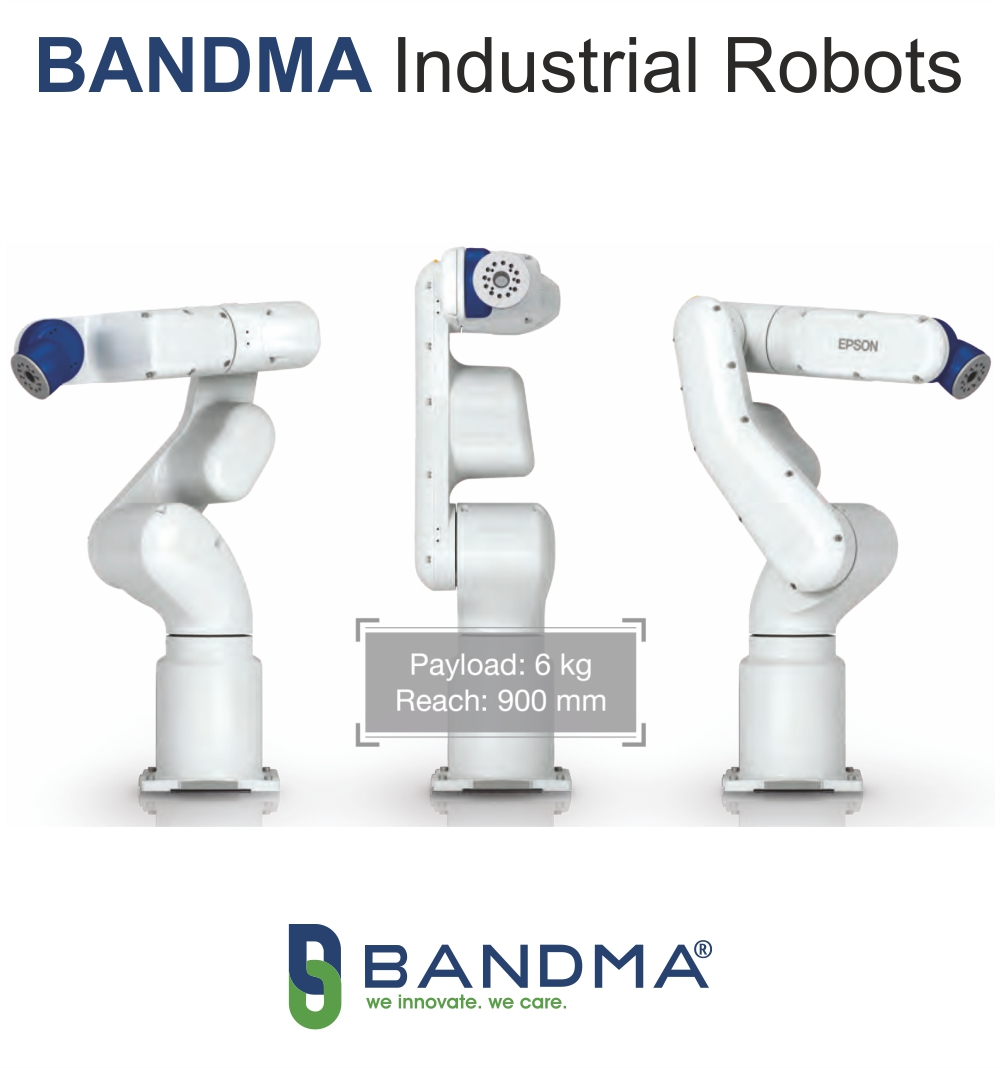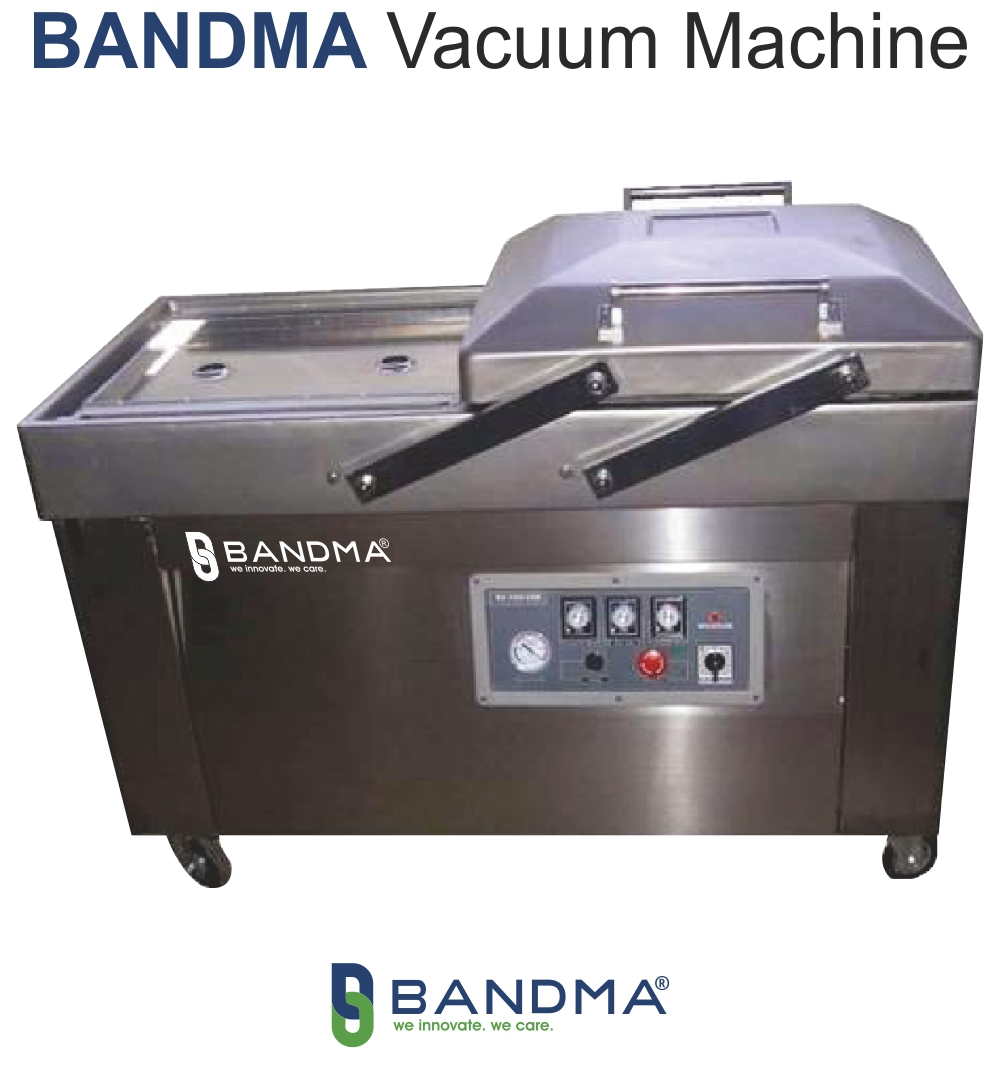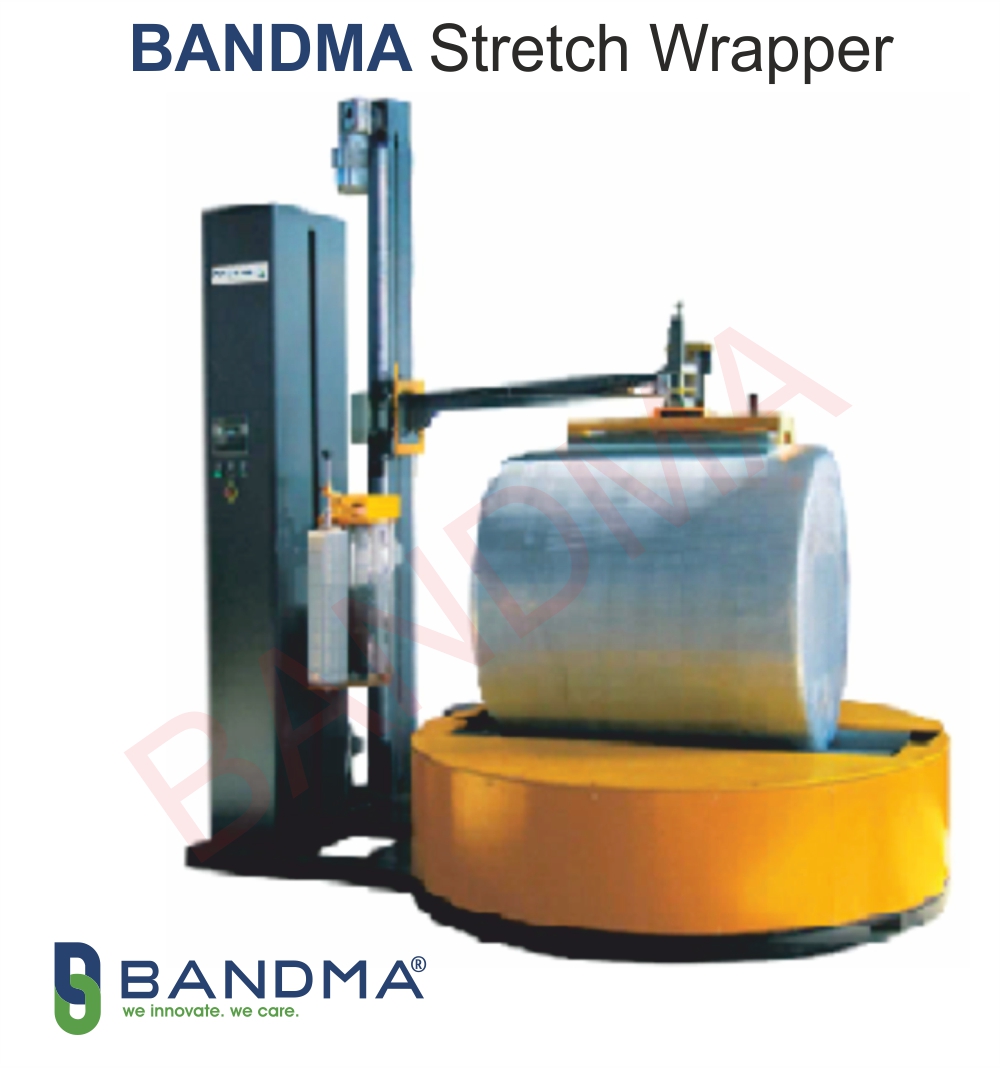The key to success in the fast-paced industrial industry is efficiency. The technology that drives industries changes along with them. Packaging machines stand out among the numerous advancements bringing about change as revolutionary instruments that have completely redesigned industrial methods all over the world. In addition to increasing productivity, these devices are essential for preserving product quality and guaranteeing client happiness.
This blog explores the ways that packing machines are transforming manufacturing, how they affect production efficiency, and why they are essential in the cutthroat market of today.
1. The Role of Packaging Machines in Modern Manufacturing

Although packaging is frequently the last stage of production, it is by no means an afterthought. Product integrity is preserved, safe delivery to consumers is guaranteed, and a favorable brand impression is produced by effective packaging. Packaging machines are essential to manufacturing operations since they automate and streamline this process.
Key Functions of Packaging Machines:
- Product Protection: Making certain that goods are tightly sealed and shielded from external influences, contamination, and damage.
- Standardization: Providing reliable packaging that satisfies brand and industry requirements.
- Speed and Scalability: Making it possible for producers to effectively manage high production quantities.
- Cost Reduction: Using automation and precision to reduce labor expenses and material waste.
2. Enhancing Production Efficiency with Packaging Machines

The introduction of packaging machines into manufacturing lines has significantly boosted productivity. Here’s how they contribute to greater efficiency:
A. Faster Turnaround Times
The amount of time required to get products ready for shipping can be significantly decreased by using automated packing equipment, which can process thousands of units per hour. High-demand sectors like e-commerce, medicines, and food and beverage benefit most from this speed.
B. Reduced Manual Labor
By processing thousands of units per hour, automated packaging machines significantly cut down on the amount of time required to get goods ready for shipping. This speed is especially advantageous for high-demand sectors like e-commerce, medicines, and food & beverage.
C. Consistency and Accuracy
Inconsistencies in product arrangement, labeling, and sealing may result from manual packaging. Packaging machines guarantee consistency, which improves customer satisfaction and lowers product returns brought on by incorrect packaging.
D. Integration with Production Lines
The design of contemporary packing equipment allows for smooth integration with current production lines. This synchronization guarantees a seamless workflow and gets rid of bottlenecks, further enhancing efficiency.
3. Types of Packaging Machines Transforming Industries

The versatility of packaging machines is evident in the wide variety of models available, each designed to meet specific industry needs. Here are some common types:
- Carton Erector Machines: Automate carton folding and sealing, which is perfect for businesses that handle a lot of packed goods.
- Strapping Machines: Make sure that things are securely packaged for safe transit.
- Shrink Wrapping Machines: Give products a protected, tamper-evident covering.
- Filling Machines: Pour liquids, powders, or granules into containers precisely.
- Labeling Machines: Automate label application to improve compliance and branding.
These machines can be customized to suit specific product dimensions, materials, and production volumes, making them adaptable to various manufacturing scenarios.
4. Sustainability and Cost Efficiency

In addition to improving operational efficiency, packaging machines contribute to sustainability and cost savings:
A. Reduced Material Waste
Cutting down on unnecessary packing, advanced machines are made to use materials efficiently. By limiting trash, this not only lowers expenses but also supports ecological objectives.
B. Energy Efficiency
Energy-saving features that minimize power usage and operating costs are frequently found in modern packaging machines.
C. Eco-Friendly Packaging Options
A lot of equipment can work with recyclable or biodegradable materials, which helps producers satisfy consumer demand for eco-friendly packaging.
5. Industries Benefiting from Packaging Machines

The impact of packaging machines extends across various industries, including:
- Food and Beverage: Making sure it is aesthetically pleasing, fresh, and resistant to tampering.
- Pharmaceuticals: Preserving the integrity of the product and adherence to legal requirements.
- E-Commerce: Enabling quick and safe product delivery to customers.
- Logistics: Simplifying bulk packaging for effective storage and transit.
6. Challenges and Future Trends

Despite their many advantages, packing machines have drawbacks, including expensive upfront costs and the requirement for frequent maintenance. But these obstacles are being overcome by continuous technological developments.
Future Trends:
- Smart Packaging Machines: IoT and AI integration for real-time monitoring and predictive maintenance.
- Sustainable Packaging Solutions: Increased suitability for environmentally friendly designs and materials.
- Customizable Features: Increased adaptability to changing customer needs and product variants.
Conclusion
Manufacturers who want to remain competitive in the fast-paced industry of today must now have packaging equipment. They are essential because of their capacity to boost sustainability, lower expenses, and increase manufacturing efficiency. The production landscape will continue to change as packaging machines become more effective and adaptable due to ongoing technological advancements.
By making the appropriate packaging investments, companies can strengthen their dedication to quality and excellence while streamlining operations and guaranteeing that their products arrive at clients in optimal condition. Packaging machines are at the forefront of the manufacturing industry's emerging future.


